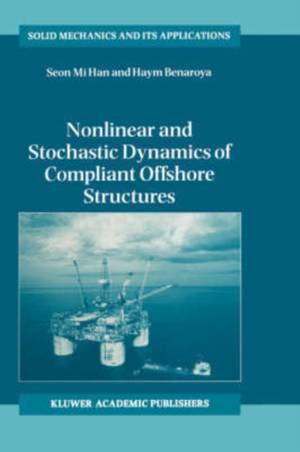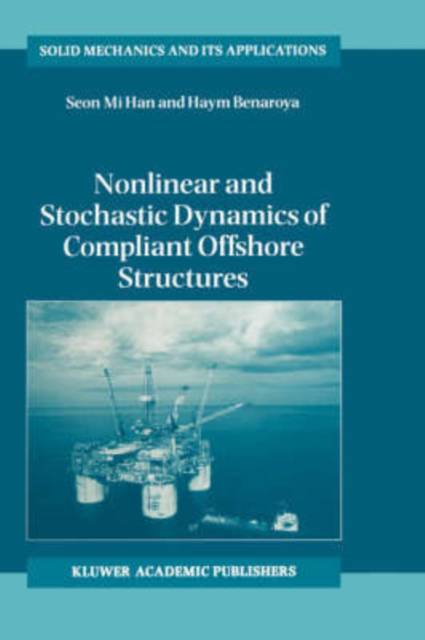
Bedankt voor het vertrouwen het afgelopen jaar! Om jou te bedanken bieden we GRATIS verzending (in België) aan op alles gedurende de hele maand januari.
- Afhalen na 1 uur in een winkel met voorraad
- Gratis thuislevering in België vanaf € 30
- Ruim aanbod met 7 miljoen producten
Bedankt voor het vertrouwen het afgelopen jaar! Om jou te bedanken bieden we GRATIS verzending (in België) aan op alles gedurende de hele maand januari.
- Afhalen na 1 uur in een winkel met voorraad
- Gratis thuislevering in België vanaf € 30
- Ruim aanbod met 7 miljoen producten
Zoeken
€ 209,95
+ 419 punten
Omschrijving
The purpose of this monograph is to show how a compliant offshore structure in an ocean environment can be modeled in two and three di- mensions. The monograph is divided into five parts. Chapter 1 provides the engineering motivation for this work, that is, offshore structures. These are very complex structures used for a variety of applications. It is possible to use beam models to initially study their dynamics. Chapter 2 is a review of variational methods, and thus includes the topics: princi- ple of virtual work, D'Alembert's principle, Lagrange's equation, Hamil- ton's principle, and the extended Hamilton's principle. These methods are used to derive the equations of motion throughout this monograph. Chapter 3 is a review of existing transverse beam models. They are the Euler-Bernoulli, Rayleigh, shear and Timoshenko models. The equa- tions of motion are derived and solved analytically using the extended Hamilton's principle, as outlined in Chapter 2. For engineering purposes, the natural frequencies of the beam models are presented graphically as functions of normalized wave number and geometrical and physical pa- rameters. Beam models are useful as representations of complex struc- tures. In Chapter 4, a fluid force that is representative of those that act on offshore structures is formulated. The environmental load due to ocean current and random waves is obtained using Morison's equa- tion. The random waves are formulated using the Pierson-Moskowitz spectrum with the Airy linear wave theory.
Specificaties
Betrokkenen
- Auteur(s):
- Uitgeverij:
Inhoud
- Aantal bladzijden:
- 274
- Taal:
- Engels
- Reeks:
- Reeksnummer:
- nr. 98
Eigenschappen
- Productcode (EAN):
- 9781402005732
- Verschijningsdatum:
- 30/04/2002
- Uitvoering:
- Hardcover
- Formaat:
- Genaaid
- Afmetingen:
- 166 mm x 247 mm
- Gewicht:
- 566 g

Alleen bij Standaard Boekhandel
+ 419 punten op je klantenkaart van Standaard Boekhandel
Beoordelingen
We publiceren alleen reviews die voldoen aan de voorwaarden voor reviews. Bekijk onze voorwaarden voor reviews.









